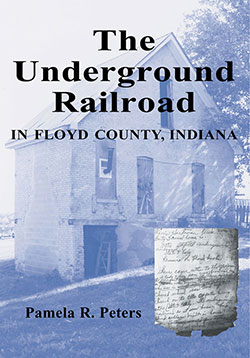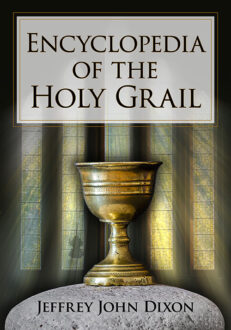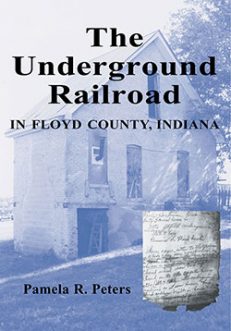The Underground Railroad in Floyd County, Indiana
$49.95
In stock
About the Book
Floyd County, Indiana, and its county seat, New Albany, are located directly across the Ohio River from Louisville, Kentucky. Louisville was a major slave-trade center, and Indiana was a free state. Many slaves fled to Floyd County via the Underground Railroad, but their fight for freedom did not end once they reached Indiana. Sufficient information on slaves coming to and through this important area may be found in court records, newspaper stories, oral history accounts, and other materials that a full and fascinating history is possible, one detailing the struggles that runaway slaves faced in Floyd County, such as local, state, and federal laws working together to keep them from advancing socially, politically, and economically. This work also discusses the attitudes, people, and places that help in explaining the successes and heartaches of escaping slaves in Floyd County. Included are a number of freedom and manumission papers, which provided court certification of the freedom of former slaves.
About the Author(s)
Bibliographic Details
Pamela R. Peters
Format: softcover (7 x 10)
Pages: 224
Bibliographic Info: photos, maps, appendices, notes, bibliography, index
Copyright Date: 2001
pISBN: 978-0-7864-1070-5
eISBN: 978-0-7864-5062-6
Imprint: McFarland
Table of Contents
Acknowledgments vi
Preface 1
1 Conditions During the Antebellum Period 3
2 The Anti-Black Bias 15
3 Anti-Slavery Sentiment: Political and Social 26
4 Anti-Slavery Sentiment: Religious 38
5 The Free African AmericanCommunity 59
6 Underground Railroad Escape Routes 84
7 Specific Underground Railroad Sites 99
8 Key Individuals 120
9 Final Comments 131
Epilogue 134
Appendices 141
Notes 171
Bibliography 203
Index 211
Book Reviews & Awards
“this work is highly recommended”—Colorado Libraries; “uncovers a complex web of information…brings new understanding to this greatest of all American liberation movements…a detailed bibliography…extensive chapter notes…offers new directions”—Indiana Magazine of History; “sturdy research and writing…stands as a model for others”—The Civil War Courier; “adds significantly to our understanding of an enterprise that became the first sustained human rights movement in history…compelling…a fine job of detailing the little-known individuals, churches and lodges…an exemplary piece of research…tells a story that until now was lost”—Louisville Eccentric Observer; “honest and well-researched”—The Courier-Journal.





